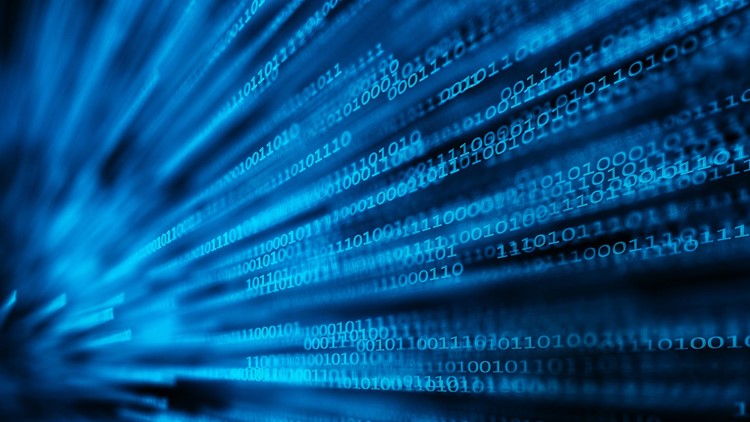Crossing the Digital Divide with Your Tax Practice

If we take the Pew Research Center’s word for it, I qualify as a millennial – what many think of as a “digital native.” Despite that label, I remember flipping through the card catalogue for research papers before my family got a computer. The siren song of the dial-up modem made an immediate impact on my education – I could surf the Internet and type papers at home! – but there were many who didn’t have that advantage. This demographic disparity is often referred to as the digital divide.
Today, just 13% of Americans do not use the Internet, which has caused the conversation to start shifting from questions of access to the willingness to adopt new technology for learning: the digital readiness gap. In a Pew digital readiness study[1] about education technology, researchers cited respondents’ unfamiliarity with ed tech terms, unawareness of ed tech concepts, and reliance on traditional means of self-education as possible contributing factors to 52% of adults being “relatively hesitant” to adopt education technology.
It’s not hard to see parallels between this study and the tax industry: some preparers are hesitant to adopt specialized technology tools in the workplace, like scan-and-fill software. For years, industry experts have been calling for tax professionals to use various hardware and software technologies – CRM tools, document management systems, workflow and productivity software, and paperless technologies – to stay competitive and profitable. Yet, potential issues concerning cost aside, it’s not unreasonable to think the industry would be quicker to adopt specialty tech if they could overcome their unfamiliarity and skepticism.
Consider the reluctance some had in e-filing returns.
In 1986 when the IRS launched the pilot e-filing program, “the Internet” wasn’t exactly a household name. I don’t know about you, but I was four years old that Christmas, playing The Legend of Zelda on the Nintendo Entertainment System. The Internet wouldn’t be “visible to the general public until the early 1990s,” so those pioneering the program had no idea if it would actually work. In tax year 2015, 87% of all tax returns were e-filed – reducing the time it takes to deliver important tax forms to the IRS. Imagine the efficiency and profitability loss if tax preparers around the country had to physically mail 152,250,000 returns.
Today, tax and accounting firms are now readily adopting sophisticated cloud-based OCR technology to handle some of the minutiae that eats up a tax professional’s time. Scan, organize, and fill software can save at least an hour per return, and GruntWorx tax automation software is blazing this trail - the next step forward for workflow and efficiency in the firm. Rather than having to manually organize client documents or type data into tax software fields, you can rely on scan-and-fill technology to speed up return prep time while also creating bookmarked, indexed, searchable PDFs that can help you transition to a paperless office.
Now there’s another opportunity to change tax preparation.
Firms have been enjoying improved efficiency and profitability by using GruntWorx services like Organize, Populate, and Trades. If you’re worried about accuracy, these three GruntWorx products include human validation: staff members pore over forms to verify accuracy before returning files to you. If you’re completely unfamiliar with scan-and-fill technology, you can attend a free GruntWorx webinar: see a demonstration and learn how to implement the technology in your firm. And if you prefer the hands-on approach, click here for a free trial.
[1] The Pew article, Digital Readiness Gaps, notes that these findings “are not necessarily projectable to people’s capacity (or lack of capacity) to perform health-related web searches, use mobile apps for civic activities, or use smartphones to apply for a job.” As such, the brief comparison between education tools and business technology was narrowed in scope to consider very specific, niche tools like scan-and-fill software that may be completely unfamiliar or foreign to practicing tax professionals.



